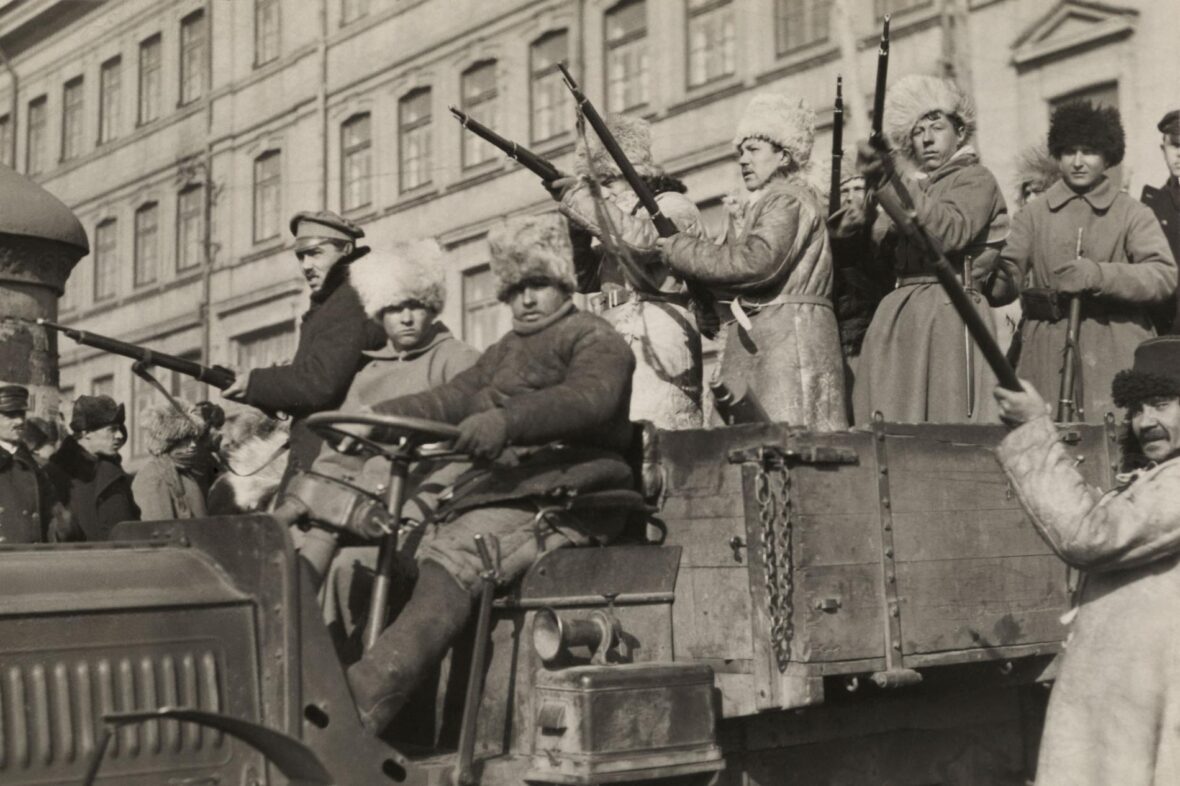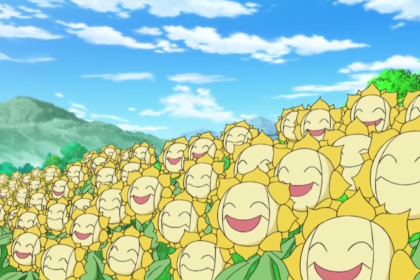Red Terror was one of the most shameful phases of Russian history. It was a period of mass killing and political repression. Carried out by the Bolshevik government (composed of radical socialists), the Red Terror took place after the Russian Civil War. In this article on Red Terror facts, we will round up some of the most spine-chilling historical facts that will remain in annals of Russian history as long as Russia exists. Take a look below for 30 crazy and bizarre facts about the Red Terror.
1. Technically, Red Terror had its official announcement in September of 1918 and it ended in October 1918. The official announcement was made by Yakov Mikhailovich Sverdlov who was the administrator of Bolshevik Party and was All-Russian Central Executive Committee’s Chairman.
2. Despite the presence of the official starting and ending dates, Red Terror is usually considered to have started and continued through the entire period of Civil War (start – 1917 | end – 1922).
3. The primary force that carried out the Bolshevik political repression was the Cheka – the secret police of the Bolsheviks. It was one of the most feared secret police forces in Russia. However, the Red Army was also responsible for imposing the Red Terror.
4. Cheka’s terrorism was overseen and commanded by Felix Dzerzhinsky – the fanatical leader of Cheka. Red Terror was actually sponsored by state (Vladimir Lenin’s government).
5. There are no correct estimates on the number of people killed during the Red Terror. However, it is estimated that at least 8,500 summary executions took place. Historians place the number of deaths somewhere between 10,000 to 1.5 million.
6. What led to the Red Terror remains a topic of argument. However, it is widely accepted that an assassination attempt of Vladimir Lenin – the extremist socialist and Bolshevik leader – was the point. The assassination attempt was made by Fanni Kaplan on 30th August, 1918. Lenin was wounded but lived.
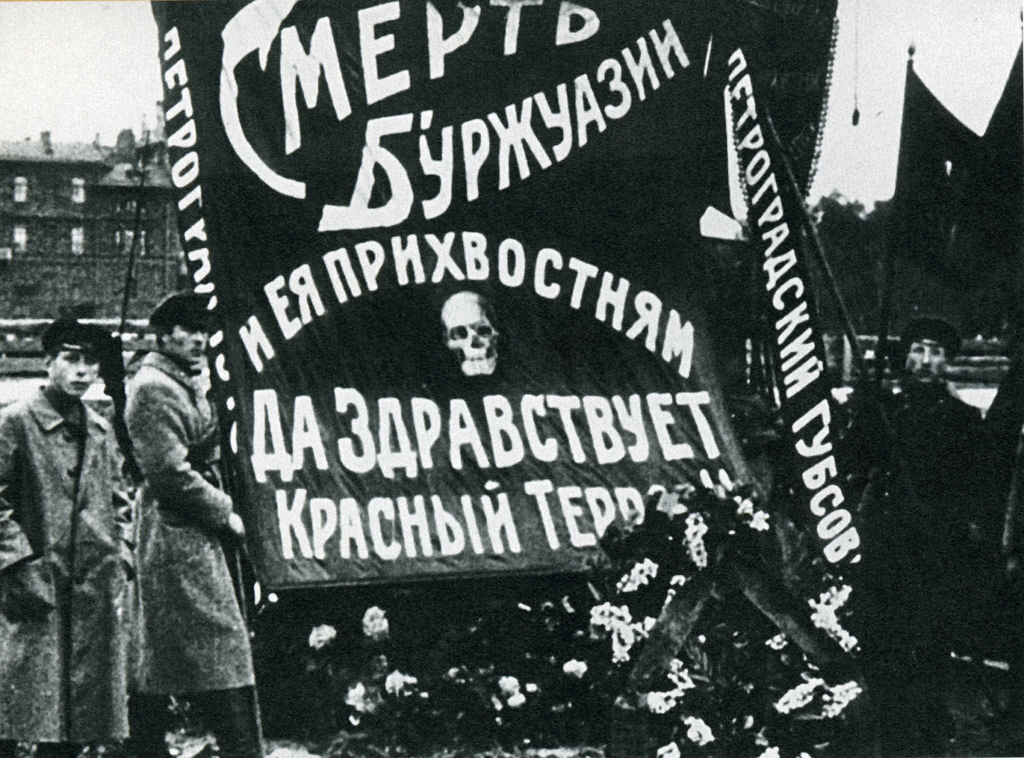
7. Only a few days before the attempt on Lenin’s life, Moisei Uritsky – the Petrograd Cheka leader was assassinated on August 17, 1918. The attempt of killing Lenin was just the right impetus needed.
8. When Lenin was recovering from his wounds after the assassination attempt, he actually gave instructions where he said: “It is necessary – secretly and urgently to prepare the terror”.
9. Even before the attempt on his life, Lenin actually sent telegrams to his comrades in Nizhny Novgorod where he specifically asked for the introduction of mass terror.
10. Fanni Kaplan (often spelled as Fanny Kaplan) – who attempted to assassinate Lenin – was a member of Social Revolutionary Party but she acted alone. She was captured by Cheka, tortured and eventually shot dead.
11. With the formal announcement of the Red Terror, the first victims were members of Social Revolutionary Party. Nearly 800 members of the party were killed by Cheka in the next few months. Many thousands of them were sent to labor camps.
12. Though the Red Terror started off as the elimination of Social Revolutionary Party members, it soon expanded and brought anyone and everyone under radar who opposed either the Bolshevik Party or the policies adopted by the party.
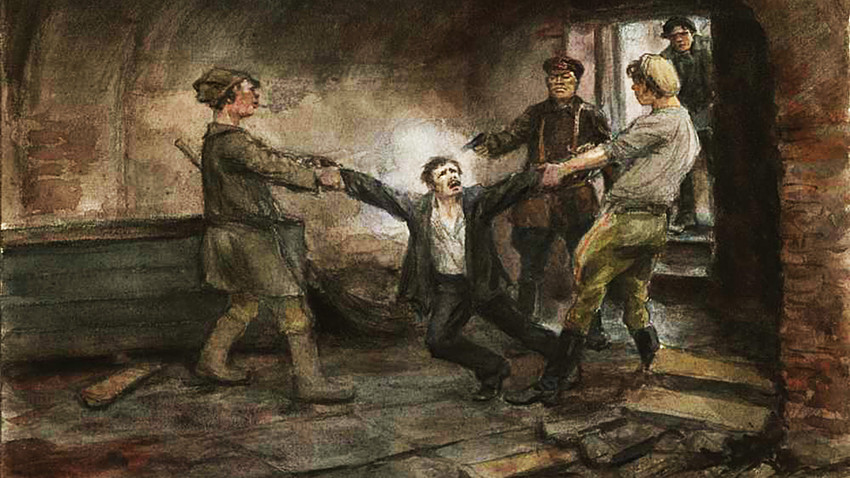
13. People who were considered threats included Russian Orthodox Church members, Mensheviks, liberals, tsarists and anyone who would sell goods or food for making profits.
14. Gradually industrial workers, who didn’t meet their daily production quota or even thought of organizing strikes, were also targeted by the forces of Red Terror.
15. In early 1918, Cheka consisted of only a few hundred men but by 1920, Cheka was 200,000-strong government agency, carrying out executions, mass killings, tortures etc.
16. Cheka was given freehand. There was no set rule for them to capture and torture. They were just free to define any method of terror they liked.
17. Cheka would arrest and torture or kill anyone who would be a distant associate of previous regime, anyone who made scornful gestures, anyone who would crack intemperate jokes, anyone who would bourgeois dress, anyone who would talk against Bolshevik policies in open or anyone who would talk against Lenin.
18. In order to imprison suspected people, Katorgas (remote labor camps and prisons) were revived by the Bolsheviks and people were deported there to be questioned and tortured. It is this opening of the Katorgas that led to the extensive gulags network that Stalin used extensively in 1930s.
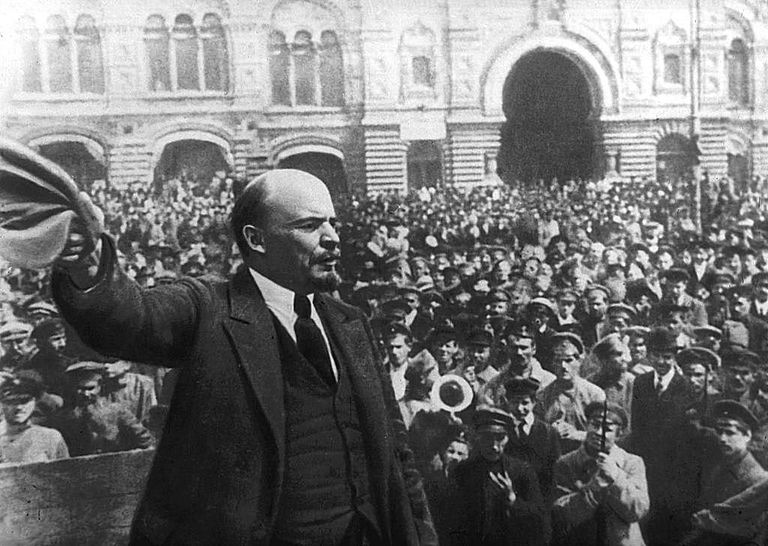
19. The Cheka forces even killed many deserters from Red Army. Millions of members of the Red Army became deserters. For instance, in 1918, 1 million people deserted, followed by 2 million in 1919 and then 4 million in 1921. However, 500,000 were captured back in 1919 and around 800,000 in 1920.
20. To capture the deserters, the Cheka took their families as hostage and started killing them to force the deserters into turning themselves in. Lenin gave clear orders to capture and take hostage of anyone who aided the deserters, including their own family members. Lenin even said that the Cheka should treat the hostages in a way that the deserters just give in.
21. In the gulags, the Cheka would simply drown tied up prisoners in nearby rivers. For instance, Kholmogory Camp was near Dvina River where imprisoned peasant rebels and their family members and other prisoners where drowned in the fashion mentioned.
22. In 1919, Cheka introduced their terror to industrial workers who went on strikes demanding same amount of ration as Red Army and demanding free elections and freedom of press. They were mercilessly suppressed either via arrests or executions.
23. In Astrakhan city, Cheka captured industrial workers who went into strikes and the Red Army deserters who joined the strikers. They were loaded onto barges and stones were tied to their necks and thrown into the Volga River. Between March 12 and March 14 of 1919, 2,000 to 4,000 people were either drowned or shot dead by Cheka.
24. Among the various atrocities of internal Cheka forces, one was that of tying people to planks and then slowly feeding them into boiling water or furnaces.
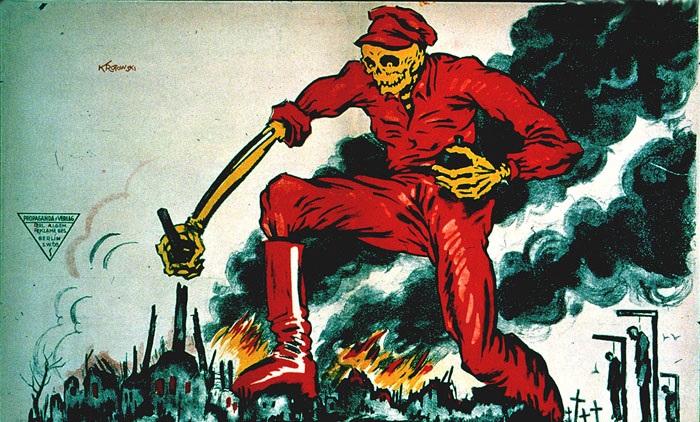
25. As if that wasn’t enough, the Red Terror introduced barbarity that could be scarcely believed. They peeled off skin from hands of those they captured and used the skin to produce gloves.
26. Cheka had large barrels that were nail studded from inside. They would roll naked people into the barrels. They would even stone people to death or crucify them.
27. No, that wasn’t all. They would impale clergy and would bury alive the rebelling peasants. Often, the people were made to dig their own graves.
28. Chinese detachments of Cheka took things further ahead. They would take iron tubes – one side sealed with wire net and other side open. They would place a rat in the tube and press and hold the open side against a prisoner’s stomach and gradually heat up the tube. The rat would eventually try to escape by gnawing through the body of the victim.
29. The Cheka would also tie up people in streets during harsh winters and then pour water on them until they turned into living statues of ice.
30. One of the commonest formats of execution used by Cheka forces was to round up people in prison cellars, courtyard and sometimes town outskirts where they would be totally stripped of all their belongings and even clothes and then shot with machine guns or pistols.

